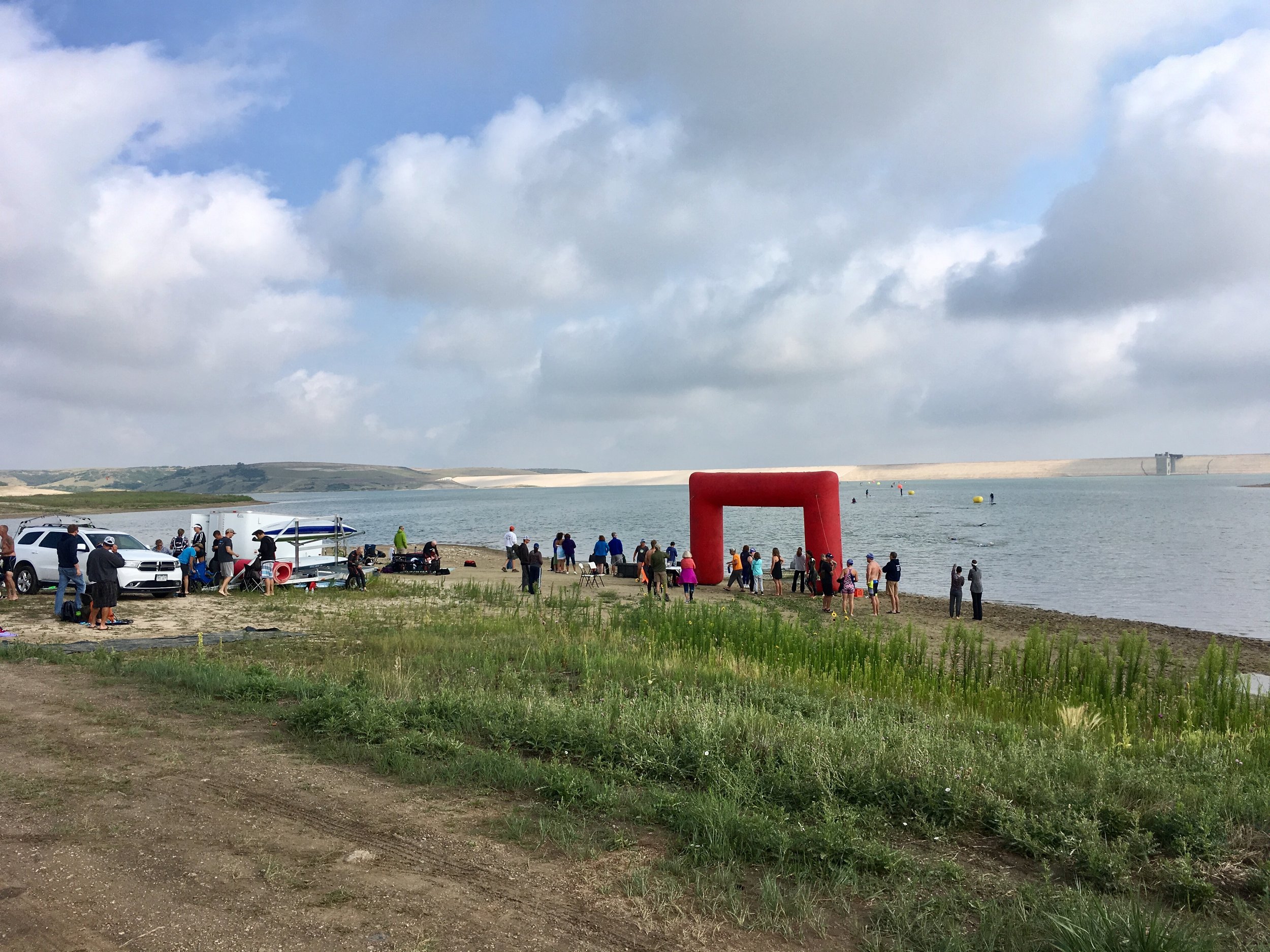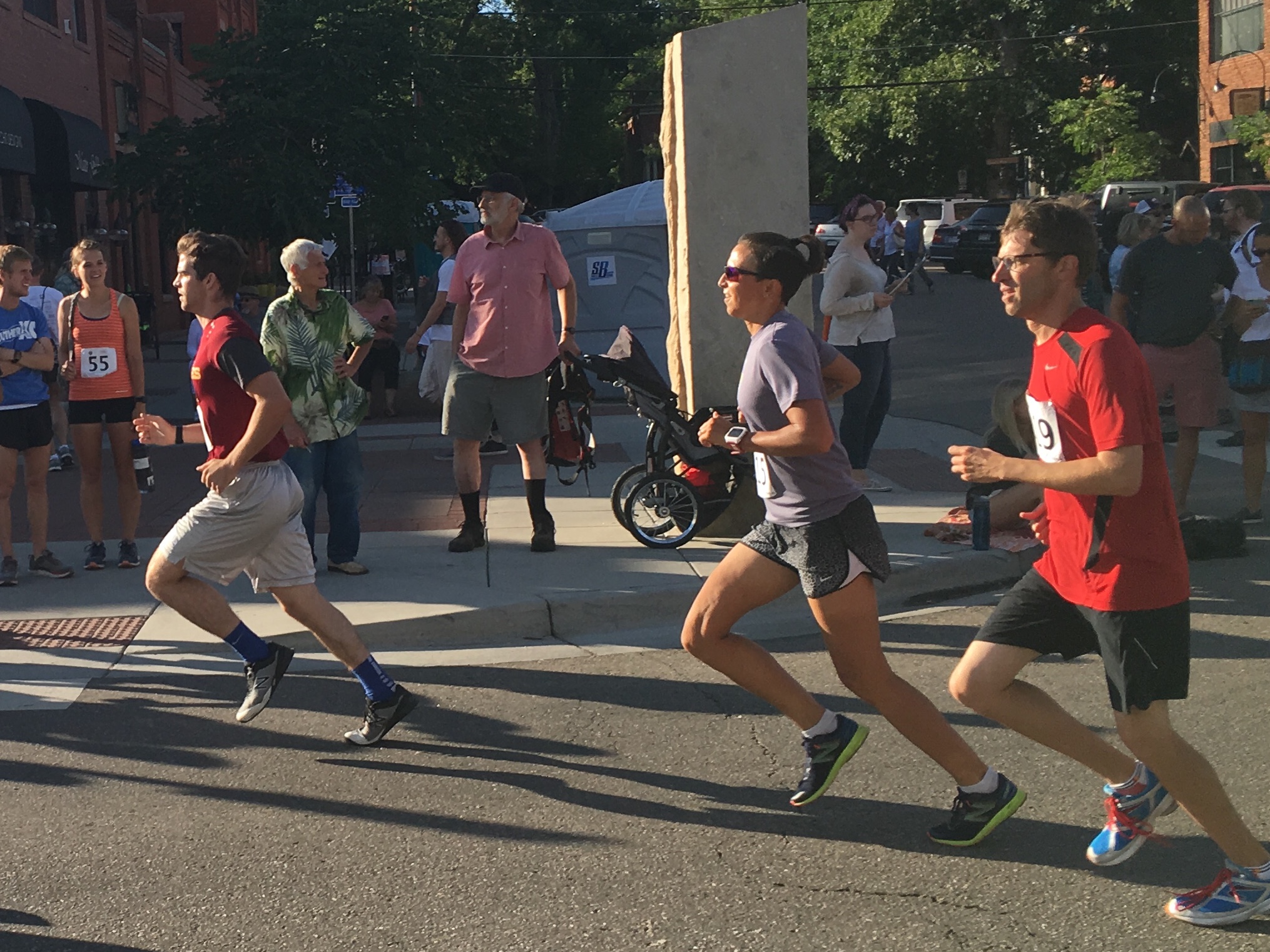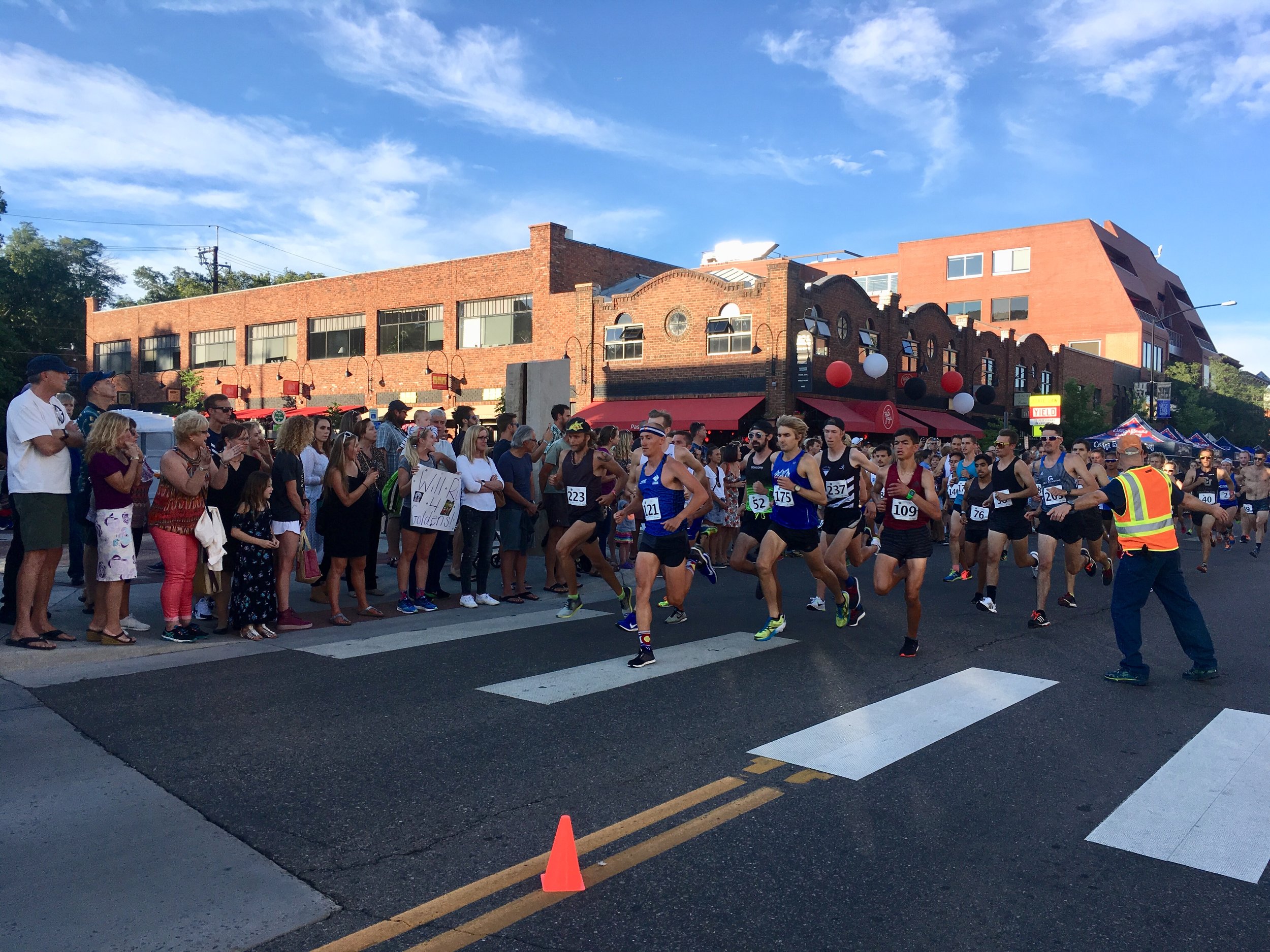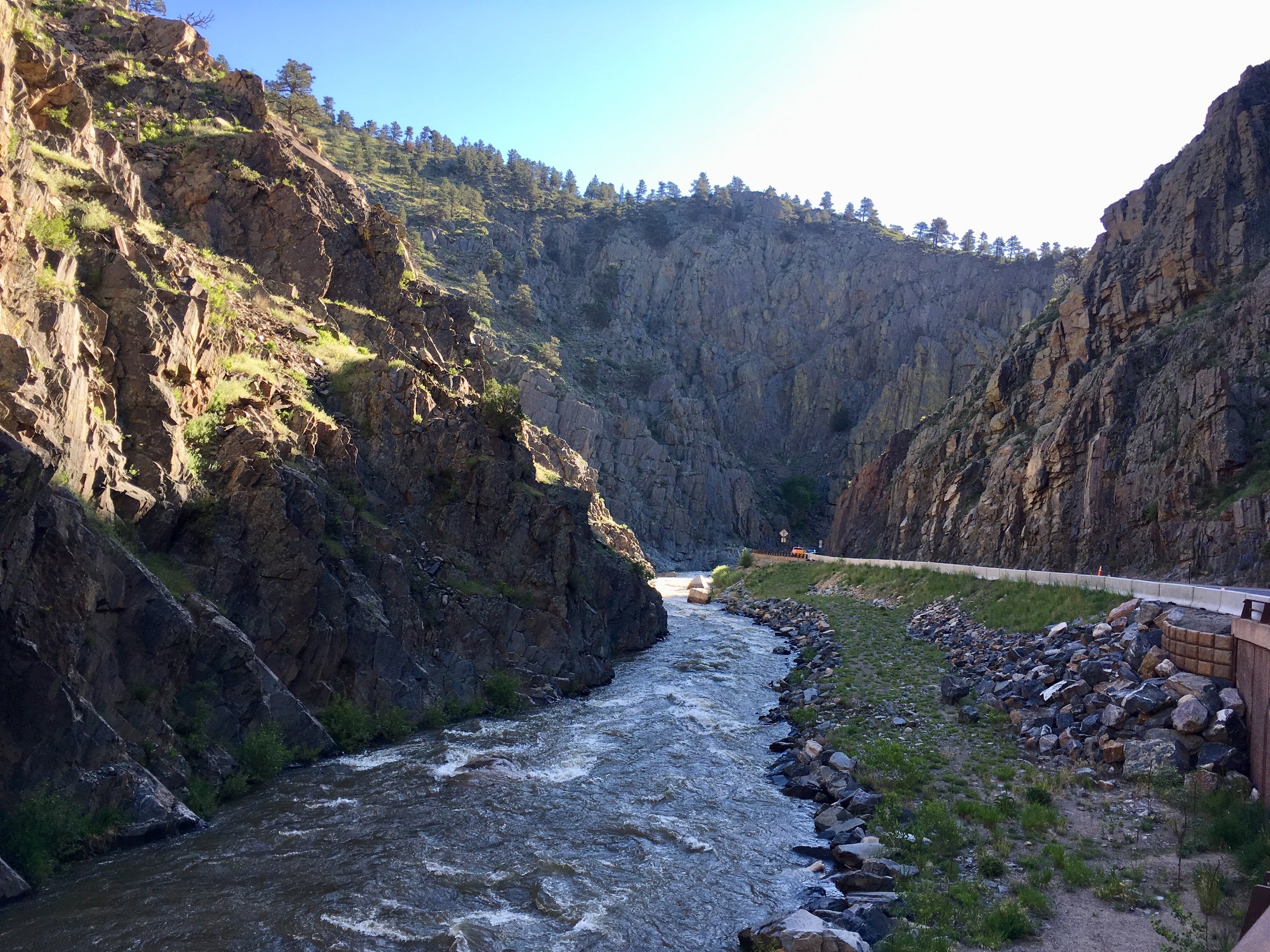As everyone in Colorado knows: Rocky Mountain National Park is an absolute treasure. But, it has a couple of downfalls if you've lived in the area for a while. First, the tourists make it pretty tough to really enjoy in the summer. You've either got to get out before first light, or wait until a weekday. Second, they don't allow dogs, which is fully understandable, but a drag when you want to get out for a good long hike but can't bring the pup.
This summer especially, we've been seeking out hidden gems. I mentioned this earlier in the season, and we've continued to find great places. Lately, we've been amazed by the trails between Lyons and Estes Park. Nearly empty parking lots, totally dog-friendly, and epic views of those same mountains in RMNP.
Button Rock is a great stop for a hike or a trail run (I've done both). The Sleeping Lion Trail is 5-miles with about 1,000 feet of gain. It also gives access to the Longmont Reservoir, which can extend the route a little or a lot.
Semi-attached to Button Rock/Longmont Reservoir is Coulson Gulch. Both of these trailheads are accessed by dirt roads off 36. Coulson Gulch is just a few miles past Button. For the Gulch trail, you go down first, and then up on the return. The trail takes you through wildflower meadows and past an old cabin. The trail "ends" at the St. Vrain creek/river, which is a great place to cool off.
Eventually I want to hike both of these trails: either in an epic out-and-back day or plan it so that there's a car at both ends. Moral of the story: seek out the not-so-popular spots! Get to know the secret gems.



























































